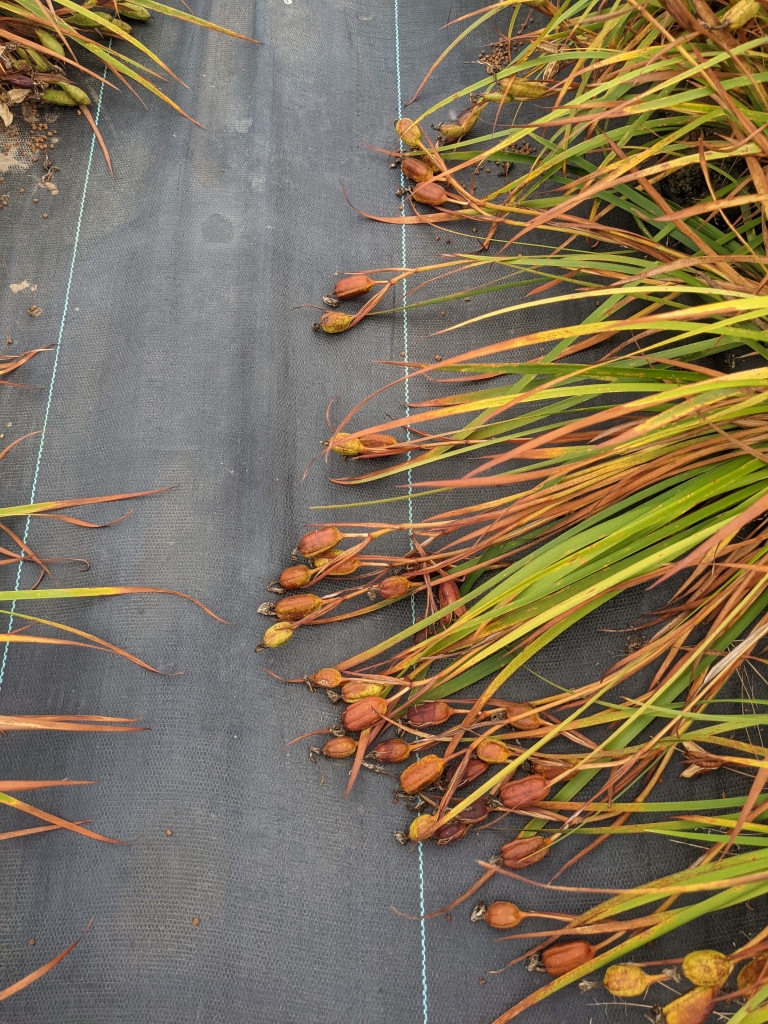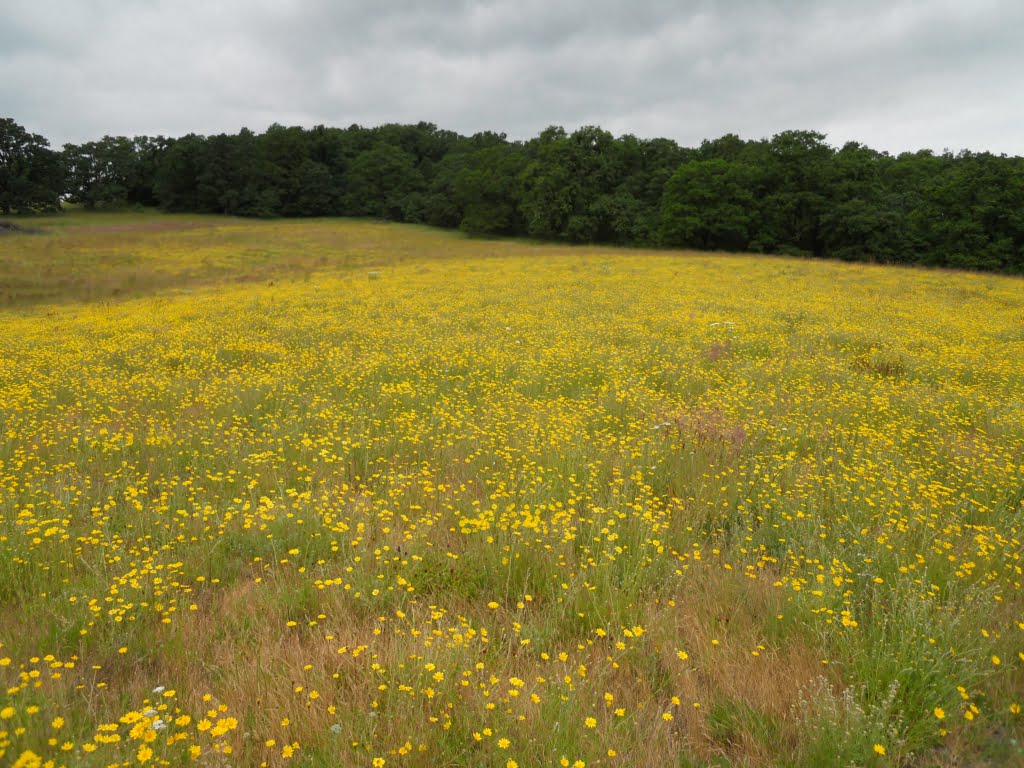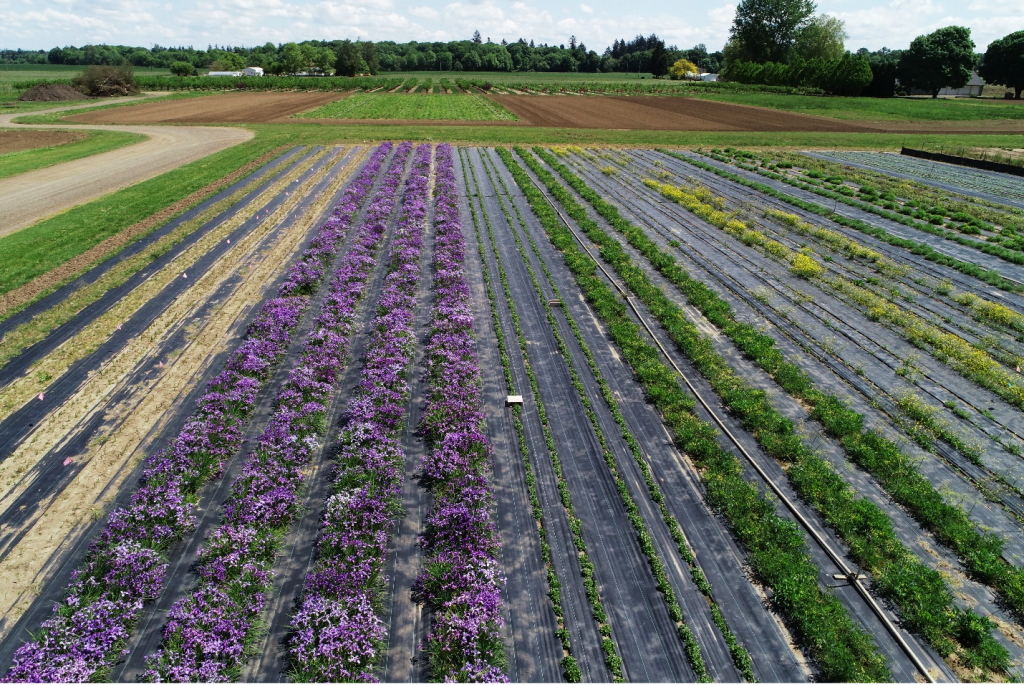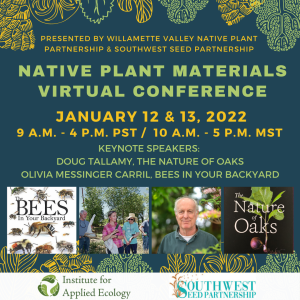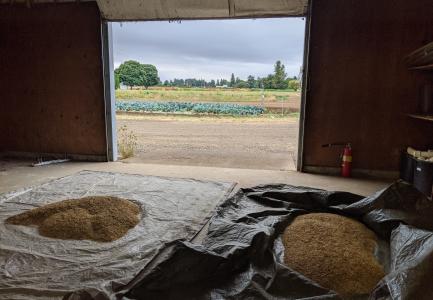About the Partnership
The Willamette Valley Native Plant Partnership (WVNPP) was formed in 2012 with a long-term mission of providing native plant materials to partners to protect and restore the native ecosystems of the Willamette Valley Ecoregion. Our vision is to increase the availability and affordability of genetically diverse and ecologically appropriate native plant materials for use in the Willamette Valley, help stabilize and support the local native seed marketplace and provide a foundation for successful restoration and healthy, thriving native ecosystems.
The WVNPP established with the goals of pooling resources and coordinating production efforts to improve native plant material availability and lower costs for the Willamette Valley Ecoregion. A regional approach to the coordination of native plant materials development, production, and restoration contributes to a more cohesive valley-wide effort to conserve and restore increasingly rare habitats such as wetlands, oak savanna, and upland prairies.
The WVNPP is a group of 36 public, private, and non-profit organizations that use native plant materials for restoration and revegetation in the Willamette Valley. Membership is open to any organization with a stake in restoration, revegetation, or mitigation with native plant species in the valley, including plant materials users, producers, and any other interested organization or individual. The WVNPP is housed at and coordinated by the Institute for Applied Ecology (IAE), and funded by restoration partner contributions and grants.
The main objective of the Partnership is to pool our resources and coordinate production efforts to improve plant material availability and costs for the entire ecoregion. We collect native seed from remnant prairies, provide it to producers for contract production fields, then distribute the harvested seed to partners for use on projects.
